The Cobalt Blue Goby is known from clear, shallow, tropical streams, often in the rapids section preceding waterfalls. Here the water is saturated with oxygen and the substrate consists largely of bedrock with scattered cobbles/boulders. These rocks are covered with a luxuriant, nutritious biofilm (known as aufwuchs) which forms under the favourable shallow, sunny conditions. Riparian vegetation lines the banks of these streams, which over time deposit leaf litter into the water. True aquatic plants are generally not present and few other fish inhabit these specialised environments, with the exception of one or two other species of goby and loach; however, several shrimps and snails are often found living sympatrically.
It is important that an aquarium for these fish is planned out in advance so that all their requirements are fully met. These fish have evolved to live in fast-flowing waters, where they use their modified pelvic disc to maintain their position on rocks amongst rapids. This high-velocity habitat must be replicated in the home aquarium by use of extra powerheads (in addition to the return flow from oversized filters) to create a river type effect. The surface of the water should be visibly moving to ensure that there is a high amount of oxygenation within the water at all times. An additional air-pump is also a handy back-up. Lighting should be bright to encourage algal growth on all the submerged surfaces in the aquarium, which will then become home to a plethora of micro-organisms upon which the fish will constantly graze. Without such a high level of oxygenation and water movement, and an ongoing natural food source, these gobies will not fare well at all. The substrate could consist of sand or small-grained smooth gravel, to which water-worn pebbles, cobbles, and small boulders should be added. As these fish like to dig (especially the males) it is a good idea to place larger rocks on the base of the aquarium before adding substrate, otherwise they could undermine the structures later on. Ensure that any driftwood pieces have been well-soaked prior to adding to the aquarium, in order that the leaching of tannins is minimal (as clearer water will promote better algal growth under artificial illumination).
These are social fishes that like to feed and forage together, so are best kept in groups. Males will occasionally assume their breeding finery and attempt to lure any females to a chosen spawning cave, be sure to create some visual barriers amongst the decor to limit territorial aggression. Although aquatic plants are not really a feature of the natural habitat of these gobies, they may make the aquarium more aesthetically pleasing; however, because of the brisk conditions, choose only robust species such as Anubias and Microsorum that can be anchored to the decor, or the slender, flowing Cryptocoryne balansae which can be planted into the substrate and can handle current. It is essential that the tank has tightly fitting coverslides with no escape holes where equipment feeds into the tank (such gaps should be plugged with coarse filter foam), as these fish are not only accomplished jumpers, but they can also climb up the aquarium glass. Tankmates should be peaceful and able to thrive in these specialist conditions. Good companions could include some of the hillstream loach species, other small torrent gobies, white cloud mountain minnows (Tanichthys albonubes), small danionins etc. Although frequent partial water changes are vital for these fishes wellbeing (ideally 30% or so each week) it is not necessary to go overboard with cleaning algae off of the glass or decor; indeed, it should be allowed to colonise all surfaces except for the front viewing panel as this provides an ongoing source of nourishment for them. Whilst these fish do not tend to graze on the tough black-brush algae, they will enjoy browsing on various other types for the associated micro-organisms, including diatoms, green algae, benthic/epiphytic algae, and even the dreaded blue-green ‘algae’ (Cyanobacteria). To provide additional grazing opportunities, some aquarists like to culture algae on rocks in a separate tank – this need only be a small glass container that could be kept in sunlight on a windowsill for example – and the rocks rotated with those in the main aquarium. May also be seen on sale as the Blue Neon Goby or Opal Cling Goby, and is all too often erroneously labelled as S. atropurpureusor S. elegans – semoni males can be distinguished by their clear, unmarked finnage.Must only ever be added to mature aquaria.
Feeding
Although these fish will graze upon the natural algae within the aquarium for the small micro-organisms it contains, the diet must be supplemented with vegetable matter (blanched spinach, kale etc) as well as good quality sinking algae wafers/pellets. Small meaty frozen foods such as bloodworm, white mosquito larvae, daphnia, etc should only be offered sparingly because the lengthy digestive tract is adapted to primarily process vegetable matter, and too much protein will cause health problems.

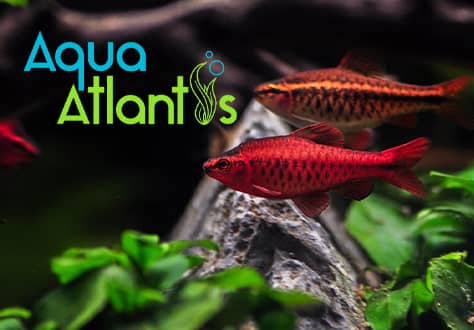
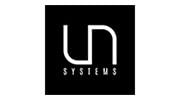








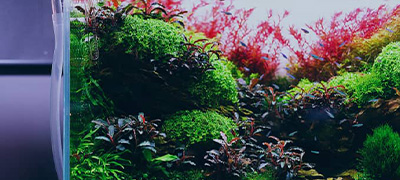





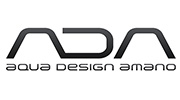
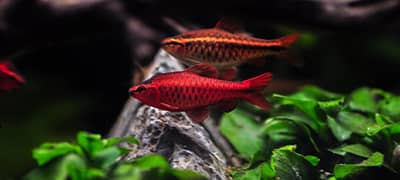
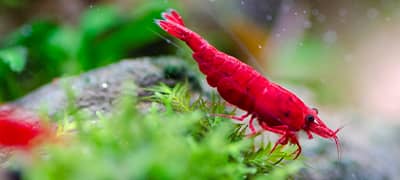
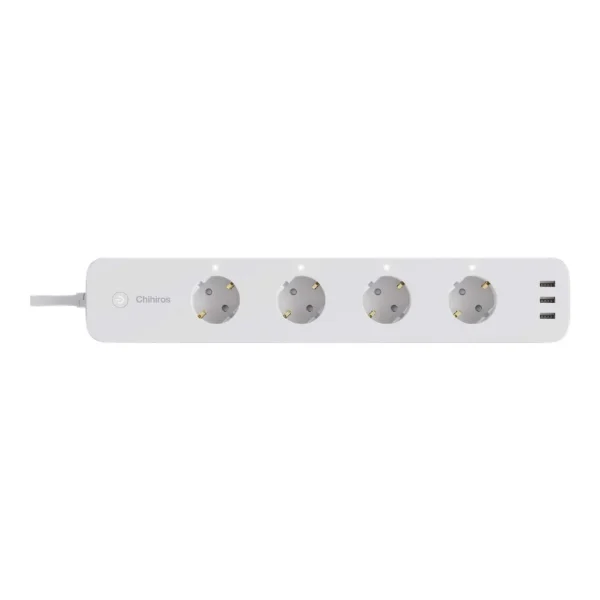

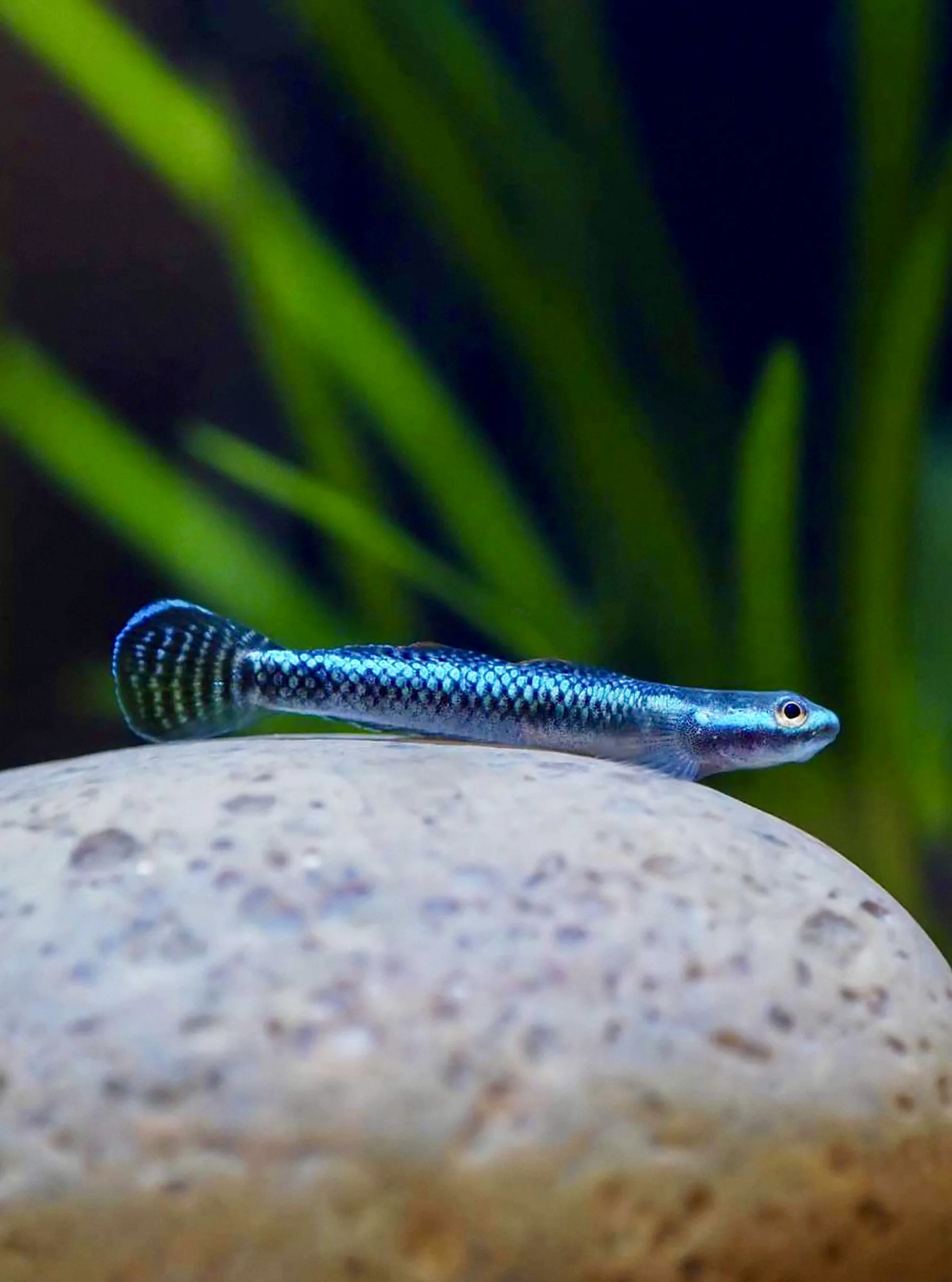





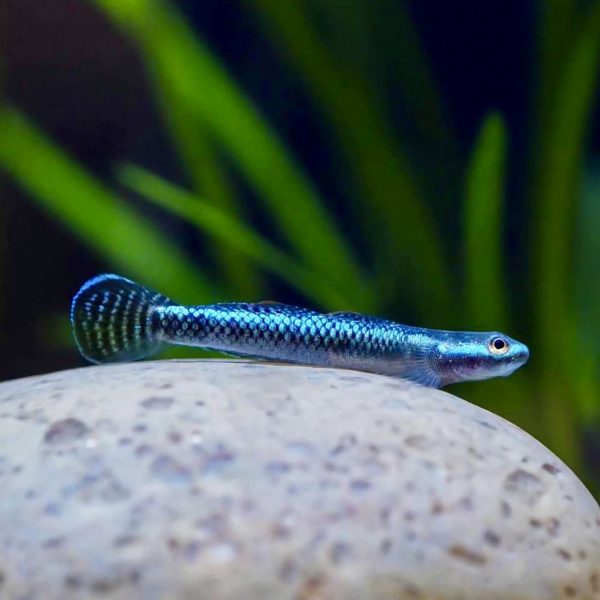

Reviews
Clear filtersThere are no reviews yet.